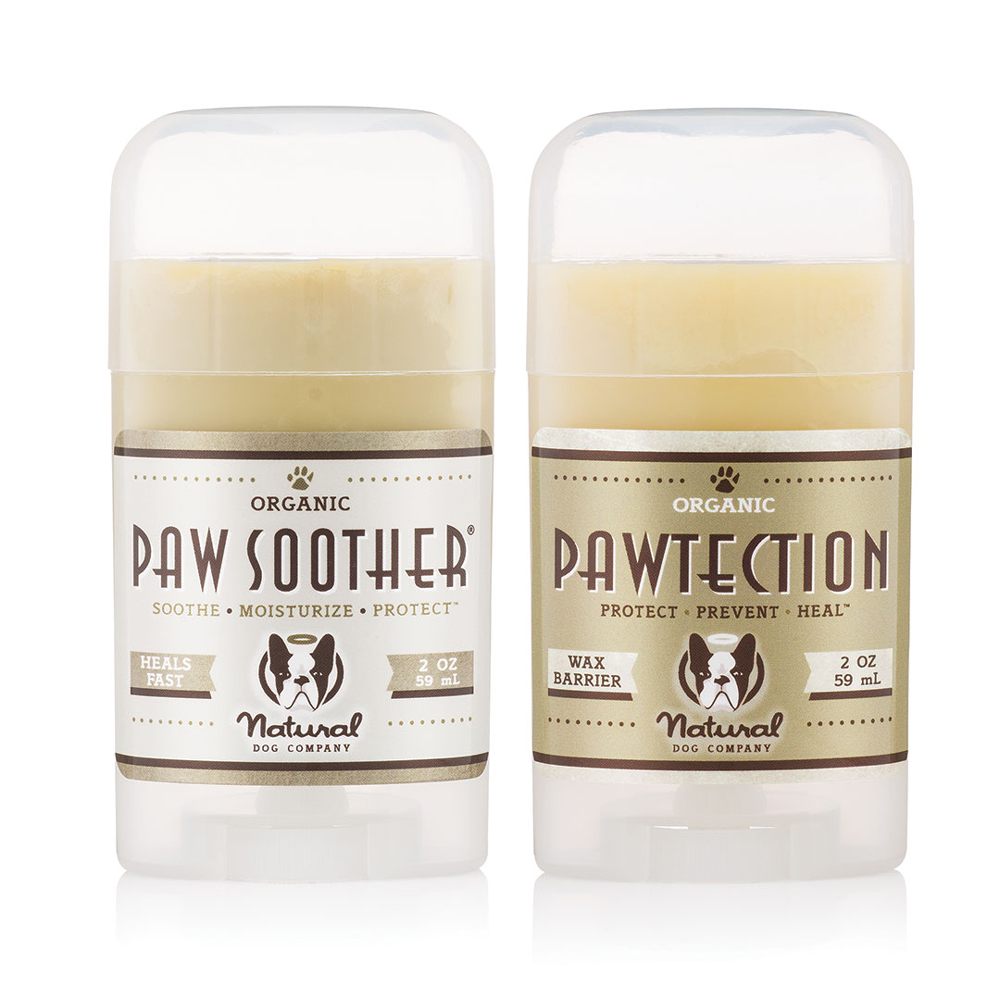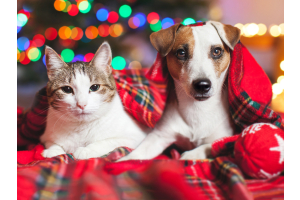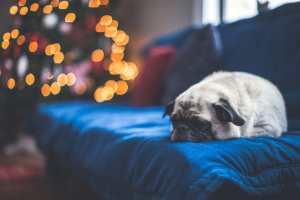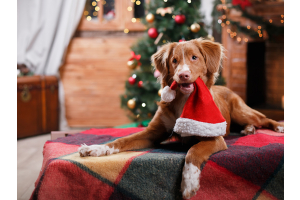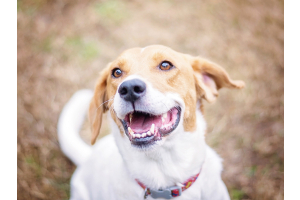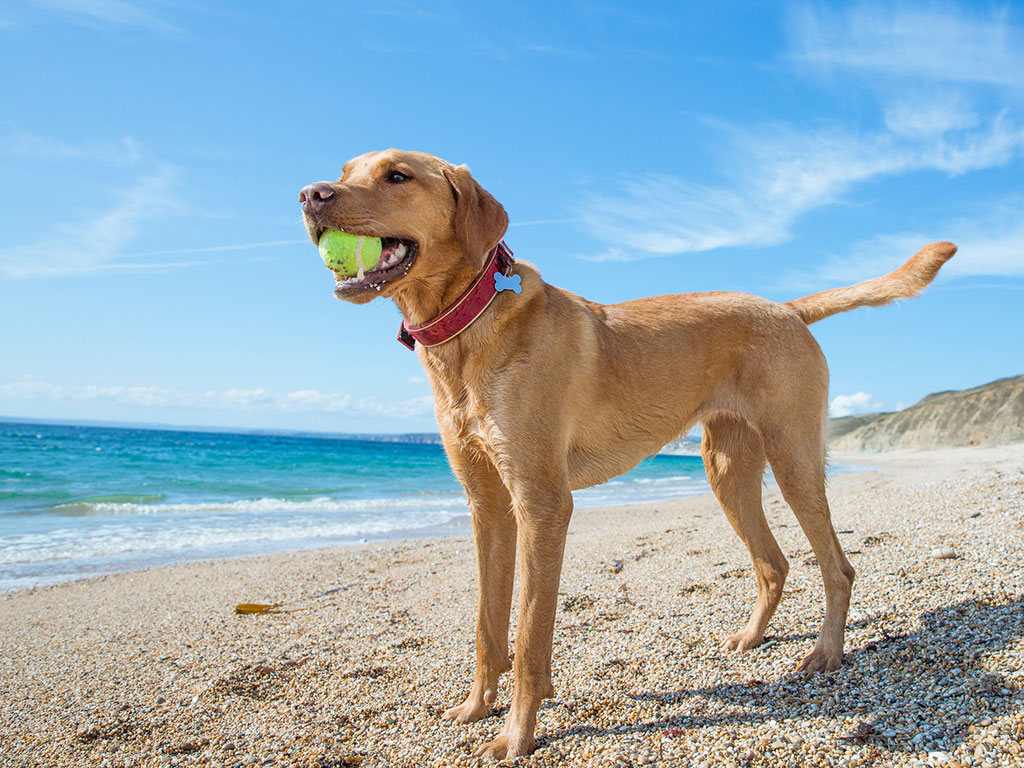
Dogs sunburn just like you and I. Certain dogs are at a greater predisposition to sunburn, including white dogs, light-colored dogs, short-haired and hairless dogs. Regardless of colour, coat or breed, all dogs sunburn.
Dog sunburn is especially common in areas with little to no fur, such as their nose, belly, around the mouth, eyelids and ears. Dogs can also sunburn through their fur; especially white or light-colored dogs with fair skin.
A dog sunburn is nothing to ignore, as reoccurring or untreated burns, may lead to an increased risk for skin cancer. They can also be painful and irritating, just like sunburns for humans.
Dog Sunburn Symptoms
Dogs show signs of sunburn similar to humans. You will likely notice your dog is sunburned on his/her ears, nose or belly before anywhere else. Some signs your dog got too much sun include:
-
Red skin that may also be sensitive to the touch
-
Dry, cracked skin
-
Curling at the edges of the ears
-
Your dog may be scratching and possibly whimpering (as we all know, scratching a sunburn would make it hurt worse)
-
Your dog unnaturally shies away from your touch
Severe sunburns can cause your dog to develop a slight fever.
Dog Breeds Most Susceptible To Sunburn
All dogs are at risk for developing sunburns if they are out in the sun for extended time without protection. Some breeds are more likely to develop sunburns due to a lack of fur and/or fair skin. Some of these breeds include:
-
Dalmatians
-
Pitbulls
-
Weimaraners
-
Greyhounds
-
Chinese Crested
-
Boxers
-
Golden Labradors
-
Golden Retrievers
The Three Types Of Dog Sunburn
There are three different levels of sunburn a dog can get:
-
Superficial partial thickness burns impact the top layer of skin, causing red skin but no blisters.
-
Deep partial thickness burns impact the surface layer of your dog’s skin, along with some deeper layers. This type of burn is comparable to second-degree burns in humans, but dogs don’t typically develop blisters.
-
Full thickness burns impact all of your dog’s skin layers and potentially even affect tissue beneath the bottom layer of skin. These burns are very painful and may need veterinary care.
Two Ways To Help Prevent Dog Sunburn
If your pup is outside for more than 15-20 minutes it’s important to protect their skin against the sun’s harmful rays.
- Find Shade - Don’t make your dog stand out in the sun for hours on end. Always seek out shade and make sure your dog has the opportunity to stay in the shade as long as they want. This also helps prevent your dog from overheating.
- Use Sun Protection For Dogs - if your dog is out in the sun it’s important to layer their skin up with some sort of sunscreen for canines. Seek out all-natural products and NEVER use human sunscreen on your pup, as artificial ingredients and scents can greatly irritate their skin. Options include-
4-Legger Dog Nose & Paws Organic Balm Unscented and hypoallergenic this soothing paw balm provides all-year round fast and effective protection from cold winter weather to hot summers
HOWND Skin, Nose & Paw Balm 100% vegan, unscented, fast-absorbing and natural. Hownd Skin Nose & Paw Balm has added UV filters which provides up to 8% protection from UVB & UVA rays. It provides a level of protection from harmful sun rays. It is not a total sunblock, so it is advised to when possible keep your dog out of direct sun in hot weather. It’s main purpose is to soothe, moisturise and protect paw pads, noses and outer ears or any exposed skin, and can be used therefore in the winter and summer months.
The Natural Dog Company, Snout Soother is a snout soothing nose balm for windburn protection and natural sunscreen, equivalent to an estimated SPF 9. It can also be used around the face, lips and ears.
Don't Forget Your Dog's Paws
Your dog’s paws don’t typically get sunburned because they face down on the ground and away from the sun. BUT… if it’s hot outside, the asphalt or concrete is going to be even hotter…which means your dog’s paws can burn in as little as a few minutes.
PawTection by the Natural Dog Company helps protect paws from damage by creating a barrier between paws and the ground. It doesn’t have SPF in it but remains effective because the type of burn that occurs to paws is not usually from direct exposure to the sun’s rays.
If you notice rough, dry or discolored paw pads, your dog has already suffered the effects of walking on hot or abrasive surfaces. Paw Soother is the all-natural solution.
